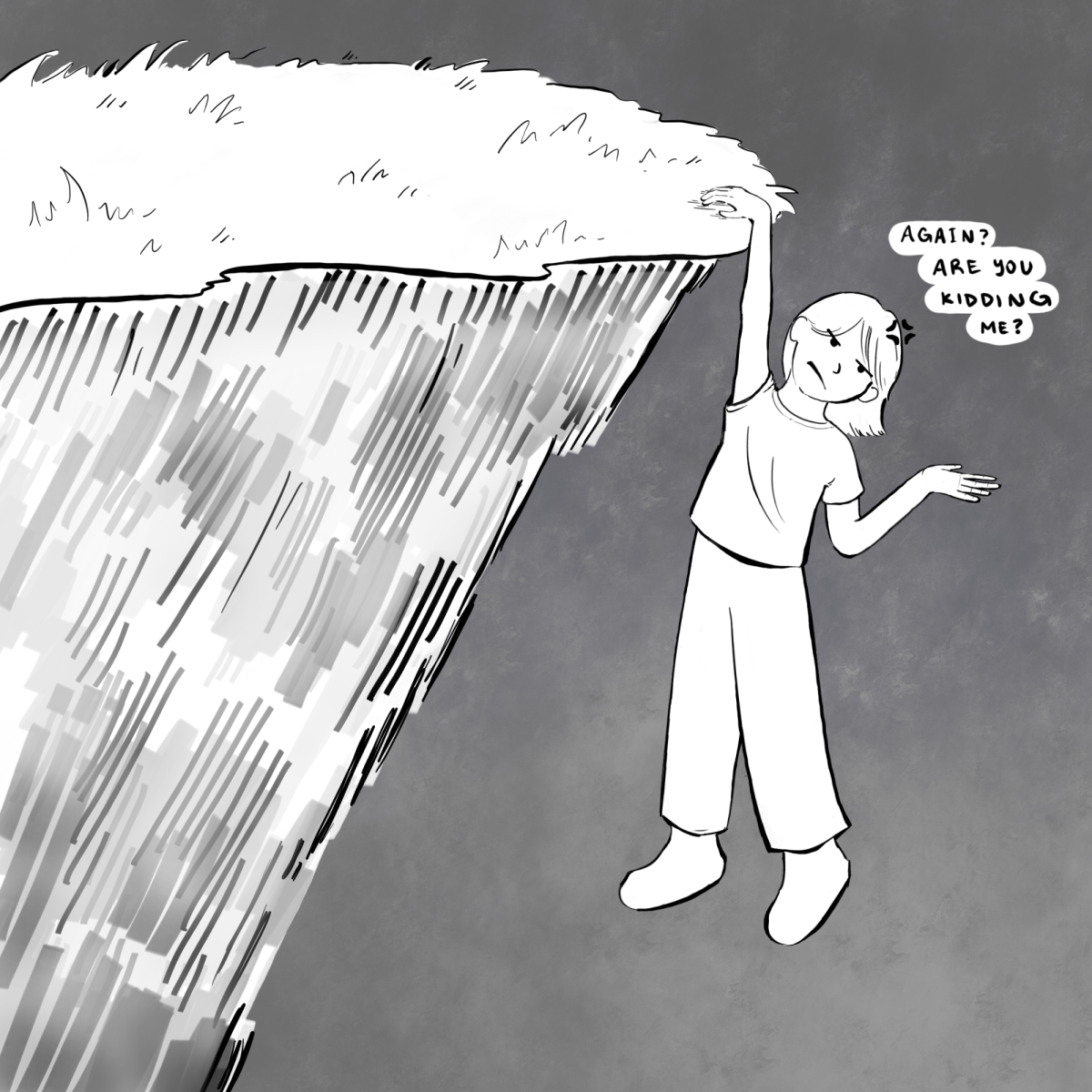Why can’t books be books?
February 5, 2019
I have always loved to read. I have three bookshelves double stacked with novels, a shelf bolted to the wall lined with some more and a pile on the corner of my desk totaling to 200-something books.
I don’t read as much as I would like to anymore, but when I get a recommendation I seize the opportunity to expand my collection. I’ve thought about reorganizing and donating some to Goodwill to make space for newer works, but I can never bring myself to do it because each book has a story, one other than what is written within the front and back cover.
I can describe when and where I got each book and what had interested me in acquiring it. I remember exactly how I felt each time I read one for the first time.
These books have been a constant among the changes that the past few years have brought, although I do admit it’s probably time to prioritize which books I want to keep and which are not worth the space they take up on my shelves.
With this in mind, Marie Kondo’s organization and decluttering techniques, which she shares in her Netflix original “Tidying Up with Marie Kondo,” seemed like the perfect way for me to begin this process. In her five step system called the KonMari method, she includes a section dedicated to books.
But one of the fundamental components of her philosophy includes tossing anything that does not “spark joy” when you hold it, including books. Reading it is not allowed. Simply by touching it you supposed to decide the fate of the book.
I understand that books can take up unnecessary space, leaving a room feeling disorganized and filled with random things. But deciding whether or not to keep a book on the basis of whether or not it brings joy when you hold it is absolutely ridiculous. Why can’t books just be books?
As author Anakana Schofield tweeted: “Do NOT listen to Marie Kondo or KonMari in relation to books. Fill your apartment and world with them. […] Every human needs a [very] extensive library not clean, boring shelves.”
She articulates the issue with applying Kondo’s method to books. Books are an intellectual art form, a medium for sharing ideas and thoughts. They shouldn’t be so harshly eliminated from one’s life just because they take up physical space.
There is value in pursuing a life of minimalism and as little clutter as possible, but there are limits. Practicing organizational skills and prioritizing goals are worthwhile ways of working toward such a lifestyle, but simply getting rid of things for the sake of it is worthless.
Functionality is what matters, not having less of something simply because it does not incite a feeling of joy from touching it. I wouldn’t say the book “In Cold Blood” would make me all that happy if I picked it up right now because it deals with the experience of murdering psychopaths. But I wouldn’t get rid of it. Capote’s writing was captivating, and the story kept me reading.
Rather than subscribing to extreme methods that simply make you feel worse about your current state of living, develop an organizational system that works for you.
Instead of ditching a book because it doesn’t spark joy when you hold it close, consider the content of the book, how enjoyable it was to read and in what ways it influenced or enriched your perspective.
Even then, not everything needs to contribute to the advancement of our lives or be part of some ultimate path to achieving all of our goals. Absorbing our surroundings and being in a state that is most comfortable should be enough.







